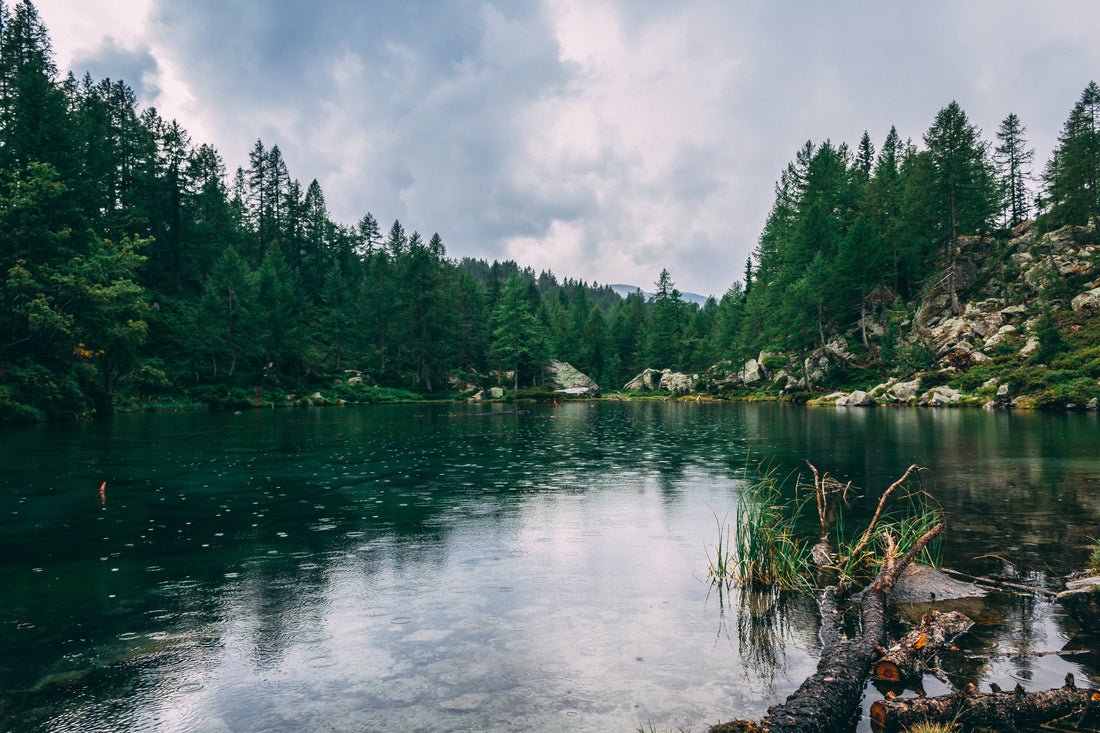Water conservation is a critical concern in today's world, and trees play a significant role in promoting sustainable water management. Beyond their beauty and environmental benefits, trees contribute to water conservation efforts by reducing runoff, improving soil health, and conserving water through their own efficient water usage.
In this blog post, we explore the important role of trees in water conservation and how homeowners can harness their benefits to create a more sustainable landscape.
-
Reduced Runoff: Trees act as natural barriers that intercept rainfall, reducing the amount of water that flows directly off surfaces and into storm drains. Their canopies and leaves help slow down rainfall, allowing water to infiltrate the ground gradually. By minimizing runoff, trees help prevent soil erosion and the loss of valuable topsoil, ensuring that water is retained within the landscape.
-
Enhanced Soil Health: Tree roots penetrate deep into the soil, creating channels for water infiltration and promoting healthy soil structure. The roots of trees help break up compacted soil, allowing water to penetrate more easily. Furthermore, the organic matter produced by fallen leaves and twigs contributes to the formation of rich, moisture-retentive soil, enhancing the water-holding capacity of the land.
-
Transpiration and Evapotranspiration: Trees play a crucial role in the water cycle through a process called transpiration. Trees absorb water from the soil through their roots and release it into the atmosphere as water vapor through their leaves. This process cools the air and increases humidity in the surrounding area. Additionally, evapotranspiration, the combined evaporation from the soil and transpiration from plants, helps regulate temperature and reduce heat stress in urban environments.
-
Water Conservation in Landscapes: Strategic tree planting in residential landscapes can contribute to water conservation efforts. Here are a few tips to maximize water efficiency:
- Choose Native and Drought-Tolerant Species: Select tree species that are well-adapted to the local climate and require minimal irrigation once established. Native trees are often more resilient and have adapted to the local water availability.
- Mulching: Apply a layer of organic mulch around the base of trees to conserve soil moisture, reduce weed growth, and regulate soil temperature.
- Efficient Irrigation: Implement efficient irrigation practices, such as deep watering at the base of trees, to ensure water reaches the roots and is not wasted through evaporation or runoff.
- Rainwater Harvesting: Collect rainwater from rooftops and direct it to tree planting areas using rain barrels or underground storage systems. This stored water can be used during dry periods to supplement tree watering needs.
Trees are valuable allies in water conservation efforts. Their ability to reduce runoff, enhance soil health, and contribute to the natural water cycle makes them essential for creating sustainable landscapes. By incorporating native and drought-tolerant trees, implementing efficient irrigation practices, and harnessing rainwater, homeowners can maximize the water-saving potential of trees in their yards.
For professional guidance and tree care services, consult with experts like Wilder's Tree Service to make informed decisions and contribute to a more sustainable future. Together, we can protect our water resources and create greener, more resilient communities.

